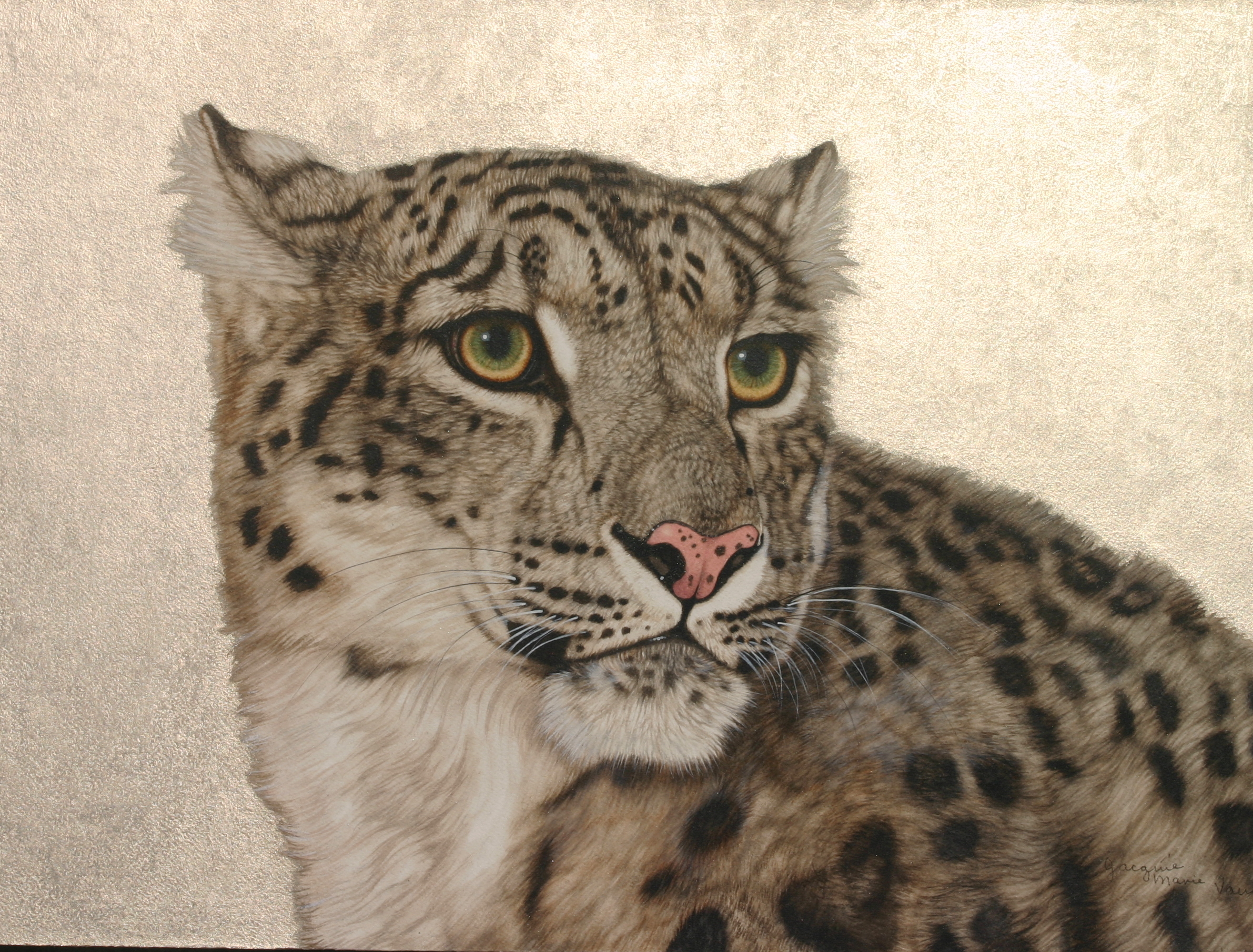How to Paint Large Watercolor Paintings

Most large original paintings are rendered on stretched canvas or linen. However, it is possible to paint very large watercolor paintings on paper, as I did with my raccoon painting.
First, buy a roll of 100% rag watercolor paper, at least 140 lb paper with a rough finish. Cold press is also OK, but I prefer a rough finish. It is more forgiving when the artist wants to make changes as the painting progresses.
First, the roll of paper must be 42 to 51 inches wide or tall. The roll of paper must be ten yards long. The length of the roll allows you to do several paintings that would be 42 to 50 inches in one dimension and several feet, as wide as you want in the other.
One of my large originals is 38”x 78”. First, I cut the 1/8” fiber board to the size I need, in this case, 38”x78”. Then, I cut three pieces of the watercolor paper the same size as the board.. You can use an inexpensive paper for the first two pieces of paper.
Then, I paint YES glue on the board. YES glue is archival and really sticks great. You do need to mix the glue with a small amount of warm water and mix it to the consistency of cream.
After coating the board, fill the bathtub with a foot of warm water. Then take the first roll of the cut WC paper and submerge it in the tub for a few minuets. Roll the paper a few times to make certain that it has been completely saturated.
Then, take the wet roll of paper by each end and tip it and allow it to drain off the excess water.
Then with a helper, start at one end and roll the paper on to the board, carefully making sure that it is even on all edges.
After the first sheet of paper is rolled onto the glue, take a dampened paint roller and carefully roll out all the bubbles.
After that, wait five or ten minuets, then do the same thing again, painting the glue on the first sheet of paper.
Finally do the same thing again with the final watercolor paper, this time using the more costly paper.
Then, with a helper, after laying down two sheets of Kraft paper on the floor, Turn the board over, face down on the floor. Weight it down with every thing you have with at least 100 lbs of weight evenly distributed over the whole board.
Leave it weighted for at least two days. Then, using gesso, paint the whole back of the board. Weight it down again. Wait one day, Then glue wooden braces to the whole outside edge and then every two feet or so to the back of the painting. Use fir or structural lumber NOT pine as tremendous forces will be generated by the paper as it dries. Weight it down again for two more days. Then, screw corner braces to all corners and the center braces also gluing them first. Weight it down again for one day. Then paint it all again on the back with gesso. Weight it down again for one day.
Then turn the board over with a helper. It will be somewhat heavy now. Put two large easels side by side and put the board on them using picture wire to hold it to the easels.
Next, plan the painting.
I will discuss getting the painting composition worked out in my next blog.
